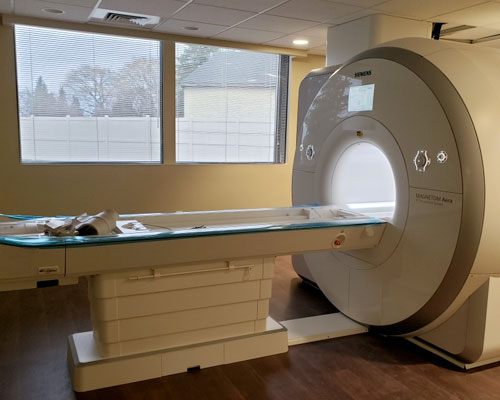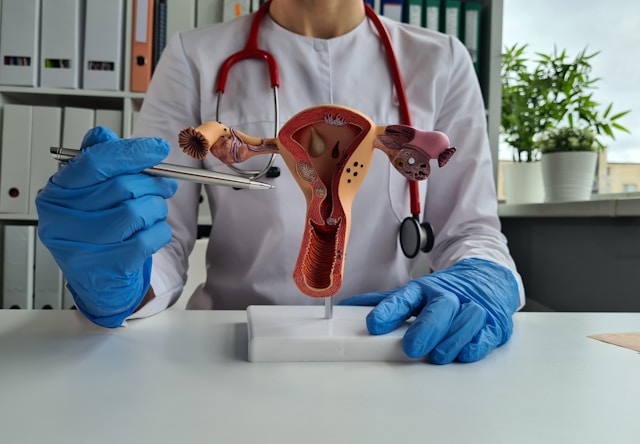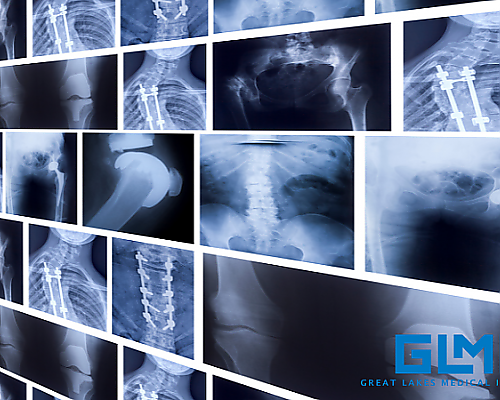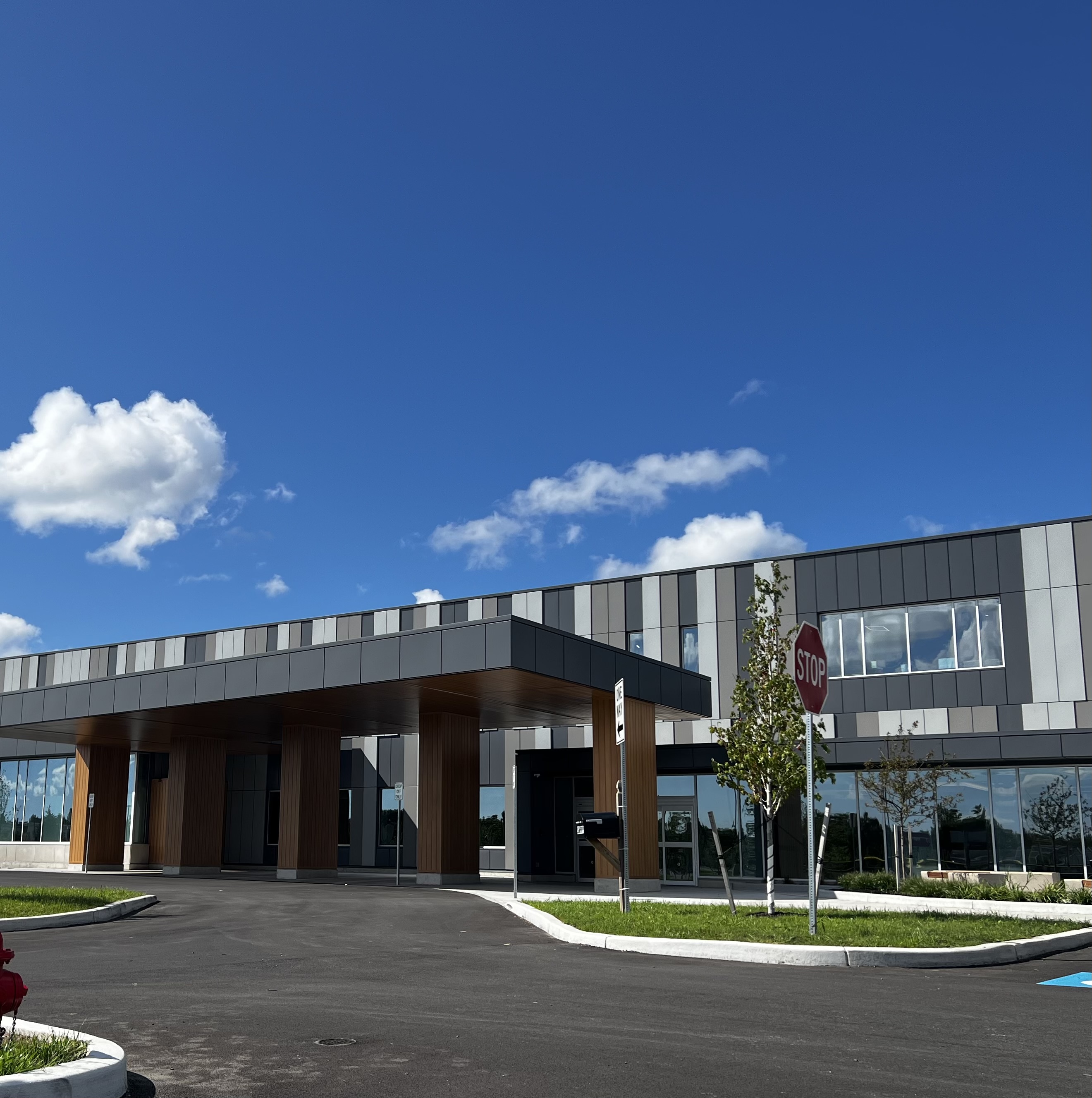Our Blog
How Do Open MRI and Traditional MRI Results Compare in Diagnostic Clarity?

Magnetic Resonance Imaging (MRI) is an indispensable tool in modern medicine, providing detailed images of the body's internal structures without using ionizing radiation. The advent of Open MRI has revolutionized patient experience, particularly for those who may feel uneasy in enclosed spaces. However, a common query is how the results of Open MRI compare with those of the traditional, enclosed MRI in terms of diagnostic clarity. At Great Lakes Medical Imaging in Buffalo, NY, we are committed to offering top-notch imaging services to our Western NY community. Let's explore the comparative diagnostic capabilities of these two MRI systems.
1. The Role of Magnet Strength
The strength of the magnet, often measured in Tesla units, plays a significant role in the image quality of an MRI. Traditional MRIs, especially those with 3T magnets, often provide extremely high-resolution images. Open MRI machines vary in their magnetic strength, but with advancements in technology, newer models are rapidly closing the gap in terms of image clarity.
2. Advanced Software Improvements
Modern Open MRI systems at Great Lakes Medical Imaging leverage advanced software algorithms, which enhance image quality and allow for post-processing improvements. This software aspect bridges much of the historical gap between traditional and Open MRI imaging quality.
3. Diagnostic Requirements Matter
For certain diagnostic requirements, especially when extremely high-resolution images are essential, a high-field traditional MRI might be preferred. However, for a broad range of diagnostic needs, Open MRI offers satisfactory and clear results.
4. Patient Movement Considerations
The comfort of the Open MRI often results in less patient movement during the scan. This reduction in movement can lead to clearer images, as even slight shifts can sometimes blur MRI results.
5. Real-World Applications and Results
Clinical studies and real-world applications have demonstrated that Open MRI machines, especially the latest models, deliver diagnostic clarity that meets or exceeds the needs of most clinical applications.
6. Continuous Technological Advancements
It's essential to note that the world of medical imaging is dynamic, with continuous advancements. The gap between traditional and Open MRI in terms of image quality is narrowing, thanks to persistent technological and software innovations.
In Conclusion
While both Open MRI and traditional MRI have their unique strengths, the choice often boils down to patient comfort and specific diagnostic requirements. Open MRI, especially with recent advancements, offers a combination of comfort and clarity, making it a suitable choice for many patients and diagnostic scenarios.
At Great Lakes Medical Imaging in Buffalo, NY, we prioritize both patient experience and diagnostic excellence. Our state-of-the-art MRI systems, combined with our team's expertise, ensure that Western NY residents receive impeccable care, irrespective of the MRI type they undergo.
For those pondering the choice between Open MRI and traditional MRI, or those seeking more clarity on the topic, we welcome you to connect with our knowledgeable team.
To discuss your options or schedule an MRI appointment, please visit our contact page.
Sources:
Disclaimer: This blog article is for general informational purposes only and should not be construed as professional medical advice. Always seek the advice of your physician or other qualified health provider with any questions you may have regarding a medical condition.
‹ Back









